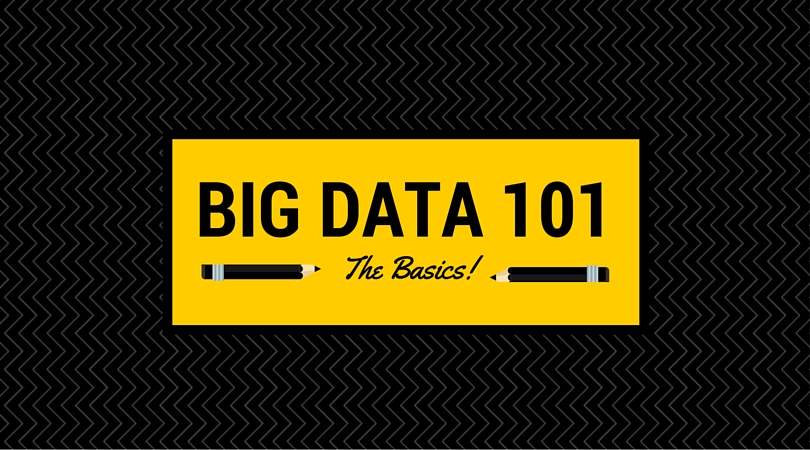
by Aleah Radovich | Apr 26, 2016 | Big Data
What is all the “Big Data Buzz” about? If collected, consolidated, managed and analyzed correctly, it gives us a unique ability to better understand the entire world around us. It helps us better understand the past, monitor the present and predict the future.
Here are the basics to understanding big data and how you can utilize its power to understand your business better, your health better, and even your personal life better.
3 Types of Data: Unstructured, Structured & Semi-Structured
Unstructured data we have previously explained in our blog. It is essentially data that does not reside in a fixed location, such as free-form text. An example of unstructured data is data from social media.
Structured data, in contrast, resides in fixed fields within a record or file. An example is an excel file.
Semi-structured data is data that is a combination of, or in between the two. This is where a structure, or “tags” are associated with or embedded into unstructured data.
Tools For Data Analytics
Hadoop is often used for job/task tracking for batch analytics processing.
ElasticSearch is an enterprise grade search.
Infinite is an analytic development environment platform to manage real-time analytic and search framework with customized visualization.
What Analytics Help Accomplish
Using the tools alone won’t get you too far. They typically are not an end-to-end solution, and require additional skills to utilize them. Teams of data scientists are able to use tools to create a customizable solution and approach to solving business problems.
They can take data from many different sources, to give you a full and complete picture of your business.
Ultimately, analysis generally improve and automate processes to greatly reduce the workload for your entire workforce.

by Aleah Radovich | Apr 20, 2016 | Business Optimization, Business Transformation
Thus far, we have shown you how big data analysis can save businesses a lot of money by identifying inefficiencies, and driving better decision making. This has been the case for many different industries, ranging from fashion, to insurance, to the medical industry. Now, data is making its way into a new, and growing industry: cannabis.
Check out this podcast from data talk show that discusses how dispensary owners and managers are able to used data analytics to make their businesses more profitable.
In the podcast, they discuss how it can be very similar to “Safeway analytics.” Because in reality, dispensaries are just another retail store. The analytics help determine what products are most popular, thus telling management what products to put at eye level, and how often to re-order to ensure they are constantly stocked on the shelf.
The analytics can also help them save on fixed costs, by reducing labor and staff costs. You might think that Fridays would be the busiest day, so put most of your sales staff on the schedule. But why base such a decision purely on a guess? Dispensary owners can use the data to better determine how many staff members to schedule, and when.
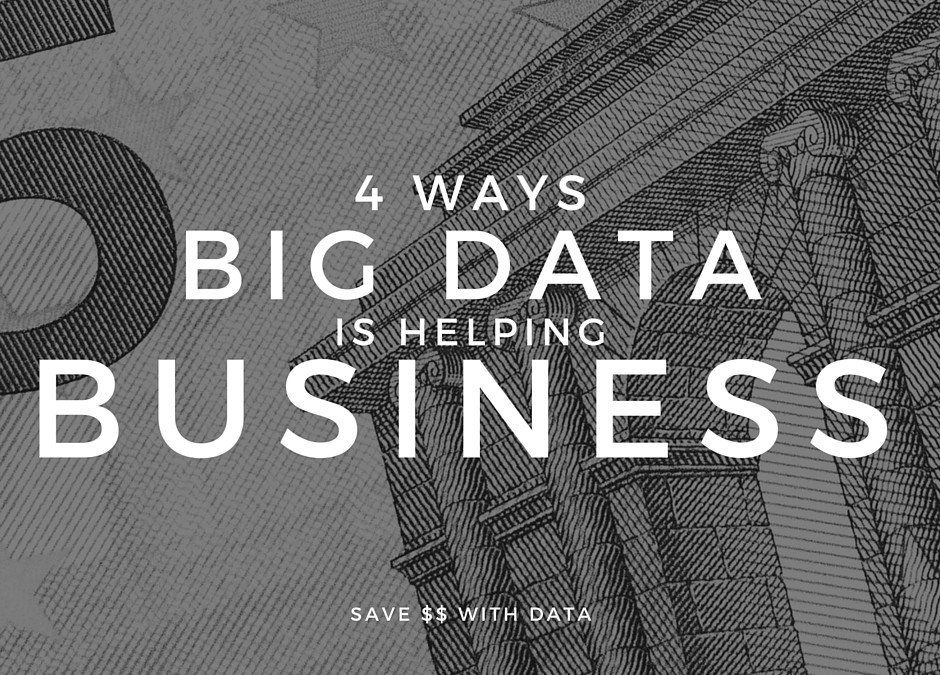
by Aleah Radovich | Apr 11, 2016 | Business Optimization, Save With Data
Data is growing exponentially- we are collecting AND analyzing more data than ever. As this occurs, it is also becoming more and more helpful- not just for the medical field (where we often hear about big data analysis being used), but for businesses as well. Here are 4 ways that big data is having a big impact on business:
It Provides Businesses With More Detail
The more data a company has, the more information can be extrapolated (such as customer data). Because knowing your customers is the key to a thriving business, a greater level of detail and insight is the difference between a good company and a great company.
Targeted Businesses
Because you can analyze data according to specific criteria, it enables businesses to be more targeted. This can allow a business to provide more tailored products and services to their customers. Because this is the age of customization, this provides a more positive experience for your customers.
Improves Decision-Making
Big data can improve decision making in two ways: the analysis provides decision makers with more information and detail, and it also provides decision makers and management teams with accurate information. Data analysis is based on hard facts, rather than gut feelings or guesses. It can help minimize risks by uncovering statistics that may not have been known prior to to analysis.
Saves Money
This of course, is our favorite way that big data is helping business. Simply put, it saves your business money by highlighting problems before they become major issues. As a result, making quick decisions, based on facts will provide a greater return on investment, and more quickly.
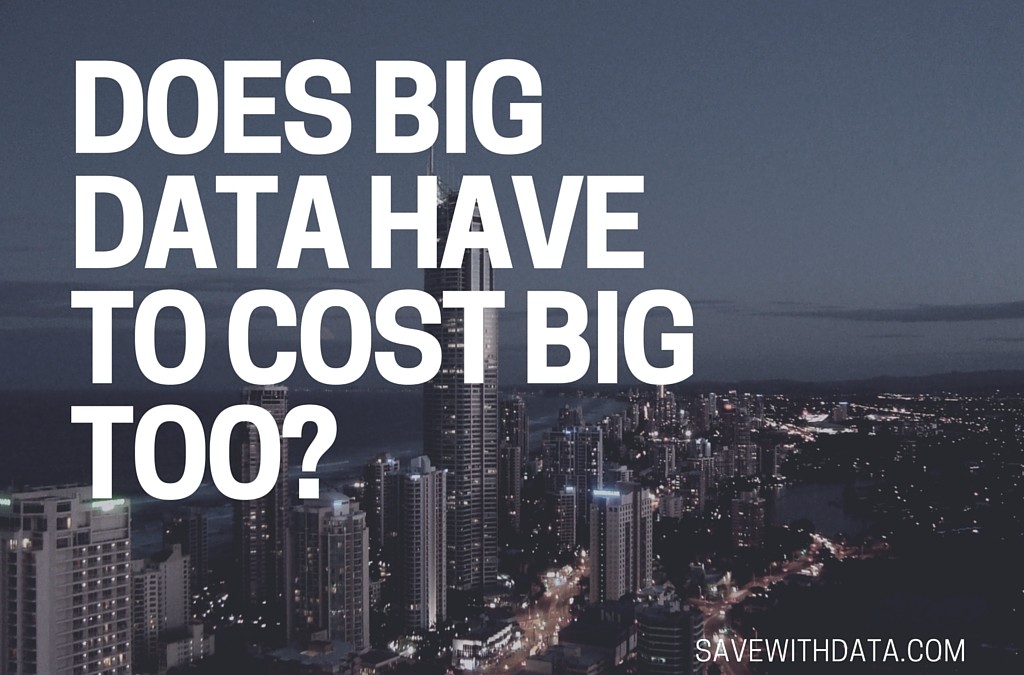
by Aleah Radovich | Apr 7, 2016 | Business Intelligence, Business Optimization, Data Science
Big Data is bringing new business opportunities to companies around the world. We have officially entered this new age of Big Data, and it’s helping business, education, healthcare and more. This Big Data is offering vast amounts of information at rapid speeds, even in real time. And this information is fueling insights, leading to better decision-making. These better decisions enable huge savings, huge increases in sales, and happier customers. But big business opportunities do come at a cost.
Big Data is not really a new thing. It has been used for years and years; but it seems new because it’s something that is just now becoming affordable enough for it to be within reach for most businesses. Despite the decrease in costs, it still remains pricey.
Many companies are turning to software, such as Hadoop, in attempts to reap the benefits of Big Data, without the Big Cost. Although Hadoop is technically a free software, there are many costs associated with it.
The costs begin right away. The cost to set up the software is estimated at $9,000 a month, and takes around 4 months to do so. But the software isn’t the solution itself; you’ll need to hire a developer to develop the solution. But before you hire this developer, you’ll have to hire a business analyst to determine what question needs to be answered, or what hypothesis needs to be investigated. Then, he will tell the programmer what to code.
Another cost gets added if you have data from other systems that you need to import to your Hadoop cluster. Which is likely, as most companies have over 6 systems. In this case you will have to hire a database specialist to do this for you.
Finally, if you’re trying to get all you can out of the data, you will have to hire more data scientists and analysts. A business analyst alone is not effective when it comes to Big Data analysis.
So, it’s really not free. It’s actually estimated at just under $55,000 a month, according to this source.
But, this isn’t exactly fair, or attainable for small or medium-sized enterprises. Even though using data analysis always improves ROI, it is sometimes too large of an up-front cost for some companies – even if they wanted to, they couldn’t.
Luckily, there are options for companies that cannot afford this cost of set-up, maintenance and ongoing analysis. There are some companies that offer end-to-end solutions, however they do not offer their clients the best deal, as they are not customized to the company itself, they are a one-size-fits-all solution. But, there are a select few companies that truly do offer customized, end-to-end solutions at far less of a cost than these others. We did our research and found one for you, that offers customized solutions- in fact, they don’t even list their services on their website in advance. They wait to meet with you, learn about your business, and then tell you how they can help you.
But what’s even better is that they know that some are weary of putting that much cash upfront without seeing on a first-hand basis how it effects/benefits their company. This is why they have created a “special.” They will analyze one of your data sets, for a greatly reduced cost, reflecting a problem area in your company, to see how that analysis alone can help you. You can find more details from this blog about it.
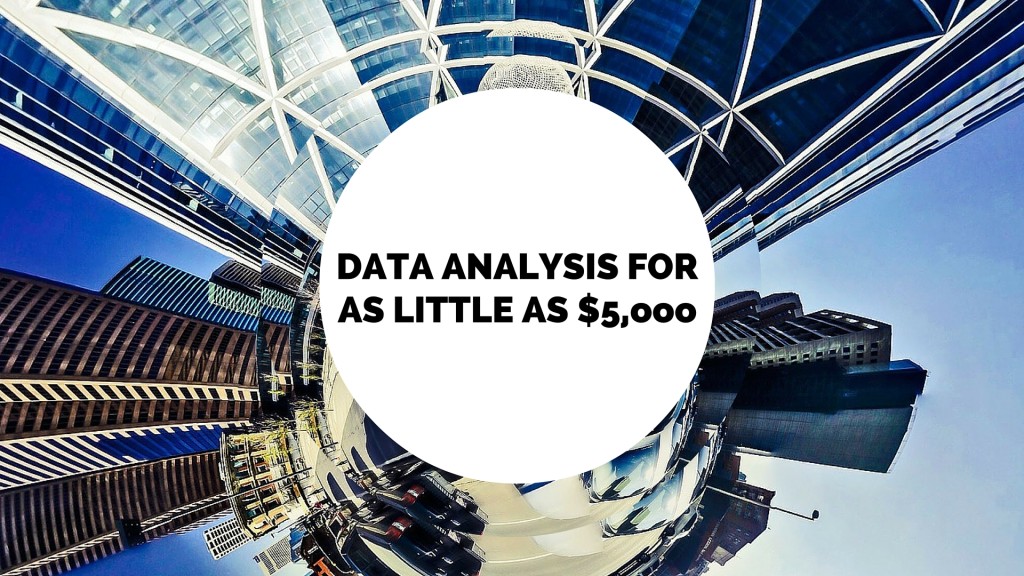

by Aleah Radovich | Mar 25, 2016 | Business Intelligence, Creating Competitive Advantage
89% of companies believe that if they do not develop and adopt a big data analytics strategy, that they could lose both market share and momentum.
Why? Because big data tells you things about the world, and about your business that you didn’t know before. And as more and more of your competitors adopt data strategies, they will learn more and more about your industry, putting you at a disadvantage. It is quickly becoming the “new thing” in business.
Luckily, it is quickly becoming easier and easier to adopt a big data strategy.
Step 1: What is Big Data?
The first step is to learn what Big Data really is. Understand it first, in order to appreciate its value to your company.
Step 2: Get Comfortable With the Idea of Using Big Data
The definition may scare you, because it is a little mind-boggling and difficult to comprehend. However, it is not as big and scary as it seems. It is also not as costly as it seems. The Internet of Things (IoT) movement is making collection much easier, and the cloud is making storage much easier. Even analytics are becoming easier for companies of all sizes. If you don’t have enough money to spend on hiring a whole team of data analysts and data scientists, don’t sweat! There are firms out there that specialize in this that can analyze your data for a much lower cost than hiring a team.
Step 3: Ask Yourself These Questions to Develop a “Big Data Plan”
A good first question to ask yourself is, “what do we have?” Then identify what kind of data you think you are missing that you may need. This will help you identify what kind of data to collect. Many companies think that simply collecting a lot of data is a “data strategy.” However, data is only useful if it is relevant to your company. Furthermore, collecting a lot of data can make it more difficult for a data analyst to extract information and insight from that data. Having a lot of data makes the analyzing process more difficult, as they have to sift through all of the irrelevant information (and initially decide what information is irrelevant in the first place).
Next ask, “What assumptions do I have about my company?” This is a great question to ask, as it is a great starting point for companies that don’t have a big data analytics plan already in place. At this point, much of what you know (or rather, think you know) about your company are based on assumptions. You may have reports that tell you things, but this data can be manipulated and often comes from many, disparate sources. Because of this, you may not be getting accurate information.
Therefore, a good starting point is to test your hypothesis about your assumptions of your company. This also makes it easier for a data scientist to determine where to start…and you never know, along the way, he or she may find something else that will be useful.







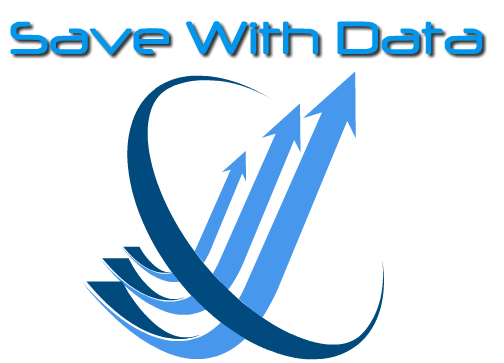
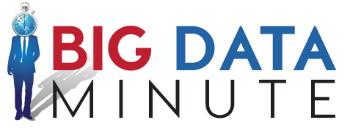



Recent Comments